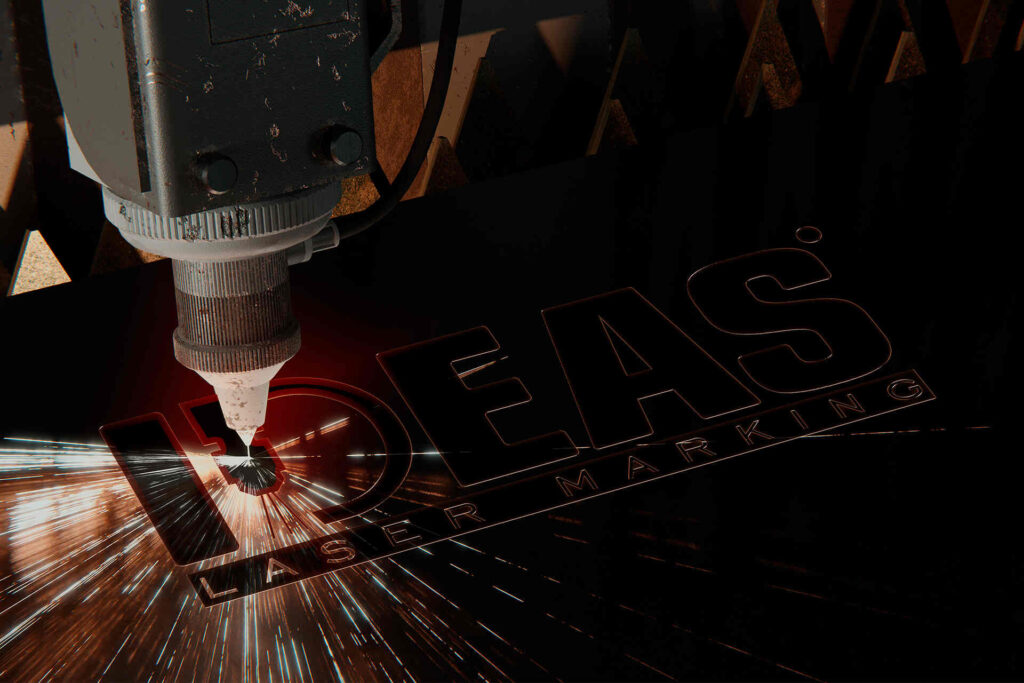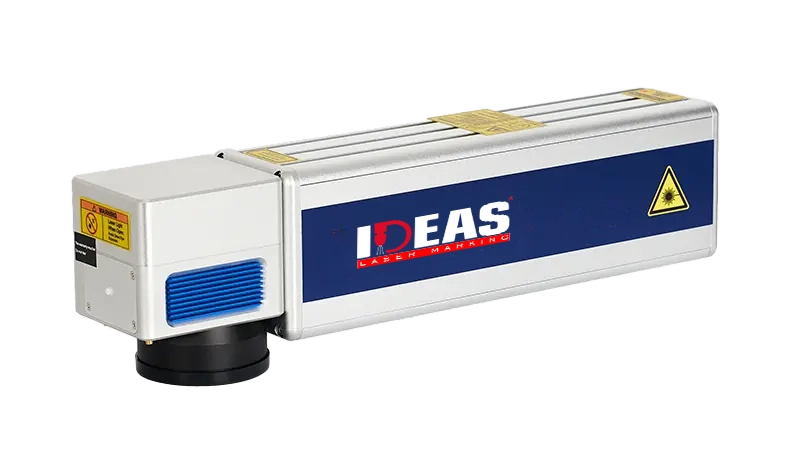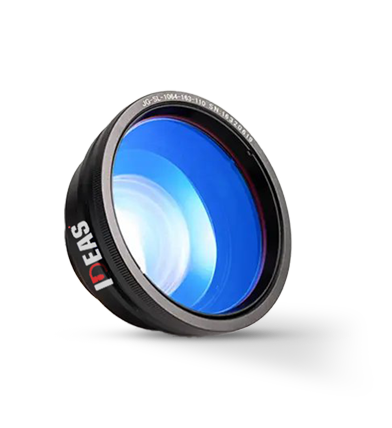Fiber Laser Marking Machine

Product Information Overview
Precision Fiber Laser Marking for High-Quality Metal Surfaces
PRODUCT OVERVIEW

Product Advantages


Simple to operate
High-power fibre lasers are great for marking strong, often-used items like engine parts, ball bearings, brake parts, long shapes, and cables. These lasers make clear, dark marks that stay for a long time, helping ensure that codes and labels stay easy to read for as long as the product is used.
The laser source is made to last a long time. It provides intense and steady performance, with an average life of up to 100,000 hours before it stops working.
The air-cooled laser needs almost no upkeep and has no wearing parts, so it reduces downtime and keeps things working without trouble.
It has a normal 100×100 mm marking space with clear and accurate marks, helping to speed up work and make production more efficient.
Made with a standard IP54 rating, it works well and stays reliable even in rough places with dust and moisture in the air.
It gives different working distance choices and supports a 0 to 360-degree printhead setup, making it easy to fit into many types of production lines.
Laser engraving result.
The kind of material, laser light type, and laser method all help decide how good the final mark will be. Here are some typical results you can get with fibre laser marking.
Heating different kinds of plastic to make raised or lowered surface textures.
When the laser hits the material, it causes a chemical change that changes the surface color.
Making marks on surfaces like metal parts and cans.
Scraping off the top layer to see the color below.
Carefully burning materials like wood, cardboard, cables, and pipes to make lasting marks.
Product Applications
List of Items




Technical Specifications
| Laser Details | |
|---|---|
| Laser Type | fiber lasers |
| Maximum Output Power | 20W / 30W / 50W |
| Laser Wavelength | 1064nm |
| Laser Tube Lifetime (Average) | 100,000 hours |
| Laser Class | Class 4 (Compliant with IEC60825-1) |
| Performance | |
| Maximum Linear Speed | 20 m/s |
| Marking Speed | Up to 30 characters/sec |
| Coding Angle | Downward (90°) or Flat (0°) |
| Marking Area | 70x70, 110x110, 145x145, 175x175 mm (elliptical) |
| Marking Heads & Lenses | |
| Vibrometer Options | 8mm, 10mm |
| Spot Size | 60μm |
| Marking Distance | 110–275mm (Customizable) |
| Interface | |
| Operator Interface | Built-in 10" Touchscreen (Windows 10) |
| Communication Interfaces | Ethernet (RJ45), RS232, RS485, USB, SD Card |
| Operating Environment | |
| Rated Voltage | 200 – 240V, 50/60Hz |
| Total Power Consumption | ≤ 500W |
| Ingress Protection | IP54 (standard), IP65 (optional) |
| Operating Temperature | 5 – 45°C |
| Humidity Range | Max. 70% (non-condensing) |
| Cooling Method | Air cooling |
| Product Weight | |
| Optical Path Weight | 3.75 kg |
| Power Supply Weight | 18.1 kg |
Why Choose Our Laser Marking Solutions?
1. What is a fiber laser marking machine?
A fiber laser marking machine is a high-performance device that uses a fiber-optic laser to etch or engrave permanent marks on various materials like metal, plastic, and ceramics. It’s ideal for barcodes, serial numbers, logos, and text.









